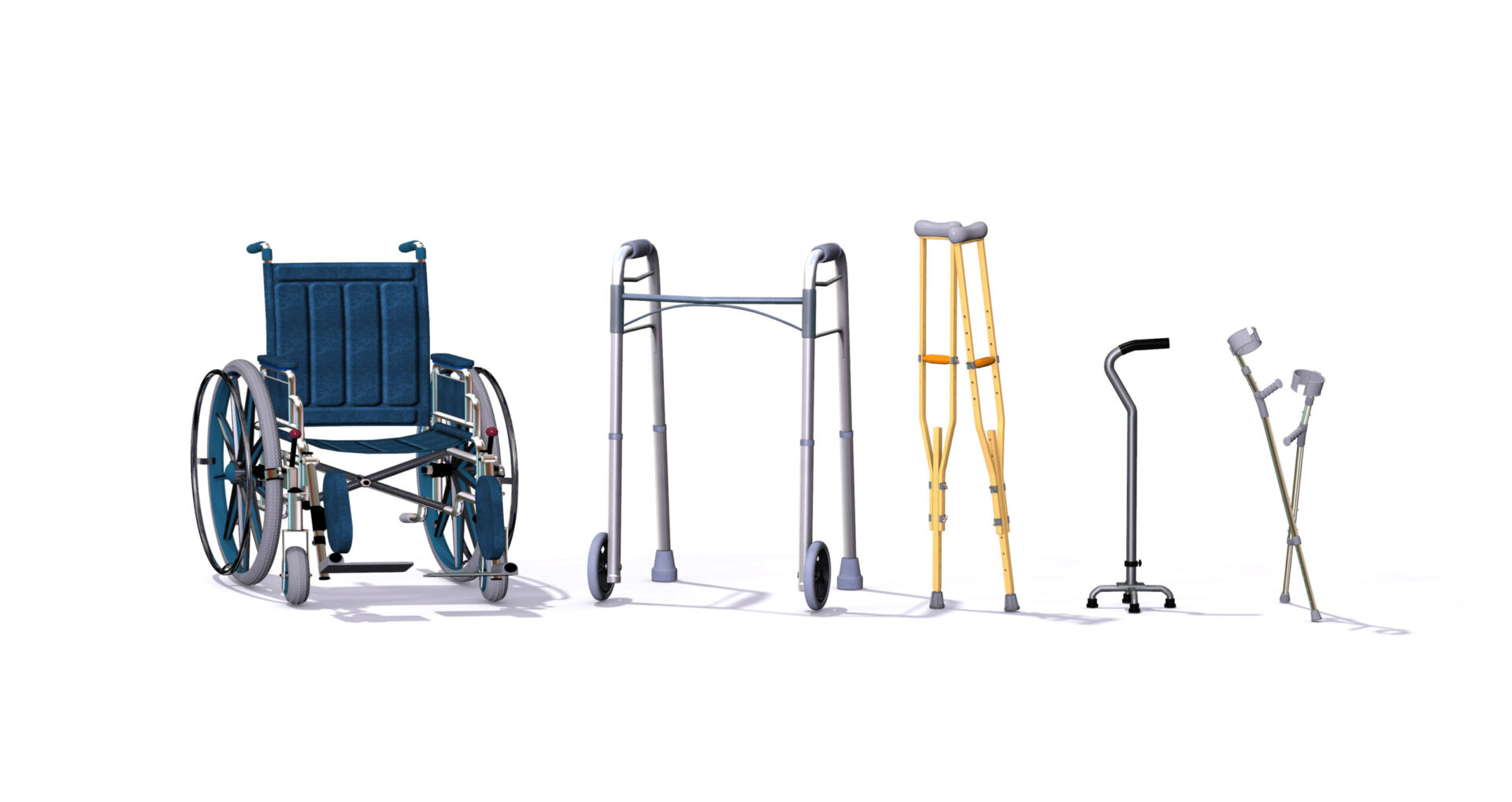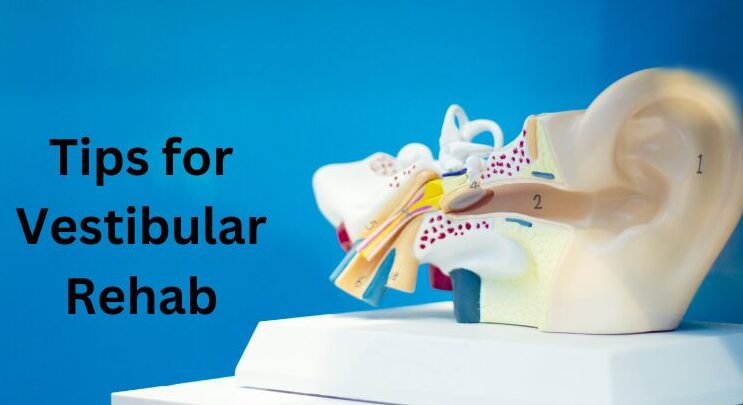What is a vestibular disorder?
Vestibular disorders can have a profound impact on an individual’s daily life, affecting their balance, spatial orientation, and overall sense of well-being. In this comprehensive guide, we will delve into the intricacies of vestibular disorders, exploring their causes, symptoms, and various treatment options. Whether you’re experiencing these challenges firsthand or seeking information for a loved one, this article aims to shed light on this often misunderstood condition.
What is the vestibular system?
Your balance and equilibrium sensation is a whole body experience. Your Vestibular System is a massive piece in this puzzle, and when something goes wrong with it, imbalance, dizziness, vertigo, disequilibrium, and a general feeling of being ‘off’ ensues.
But what actually causes this? What is the vestibular system? Where does it live? And why in the world does this tiny, pea-sized, organ matter so much? In order to understand the dysfunction, we first must understand the system itself. Let’s dive in below! But, if you prefer to listen to anatomy and physiology, here’s a podcast episode about that.
Anatomy and physiology of the vestibular system:
The vestibular system is a very small, truly pea sized, organ that lives on either side of your head, deep in your skull. It is technically in your inner ear, which is the third and final ‘layer’ of your ear anatomy.
Your first have your outer ear. The outer ear is the part you can see and touch. It is from the big part that is on the outside of your hear, to the ear canal, ending at your ear drum, AKA the Tympanic Membrane. Your ear drum separates your outer ear from the middle ear.
Your middle ear is basically a balloon filled with air, regulated by the ear canal called the eustachian tube. The eustachian tube, in the photo below, is the piece that looks like Florida (I mean really, it does!). That piece is closed at baseline, but opens and shuts when you pop your ear. Your ear is supposed to pop, that’s normal! It helps you regulate the pressure and volume of the amount of air in your inner ear at any given time. Within the balloon piece of the inner ear are also the 3 tiny bones called the malleus, incus, and stapes. These three bones knock against and vibrate on each other to help send sound, in the form of vibration, to your inner ear. This is a big part of how we hear!
Lastly, we have the inner ear. The inner ear organ is made of two distinct parts of the same organ. The curly cue part that looks like a snail is your cochlea. The cochlea you likely learned about in biology class in high school and didn’t think much of again. probably until now! Because, why would you, so long as it works? Sound waves enter into the spiral and go a certain distance depending on if they’re high or low sounds, which are then communicated to your brain via the vestibulocochlear nerve. More on that nerve later!
The second part of your inner ear is the part we really care about in this little chat we are having today. That is your vestibular system. Your vestibular system is amazing, and is made up of two parts. Most people have never heard of it, or thought about it, until something goes wrong. And you’re not alone! there are two parts in here.
In the photo below to the right, on the left is the vestibular system and the right is the cochlea. The vestibular system can be separated into 2 distinct pieces. The semicircular canals, and the otolith organs. The otolith organs are your linear motion detectors, and the semicircular canals are your angular motion detectors. These two parts work together to help you know where you are in space, all the time! what an amazing system, to be able to work together always to figure out where you are in space!


What are vestibular disorders?
The vestibular system works very well overall. but, just like all other organs, things can go wrong. Generally, we classify things that go wrong with the vestibular system into two categories, central disorders and peripheral disorders. We will go further into each of these, but a vestibular disorder is what happens when some part of the vestibular system is injured or has an illness. The issue can come from many many different causes and triggers. For example, a vestibular neuritis can come from a viral infection, where vestibular migraine comes from a genetically linked migraine disorder. There is no one size fits all diagnosis or treatment of vestibular disorders. And, we need to remember it’s definitely possible to have more than one! Next, let’s dive into what central and peripheral disorders are more specifically.
What are central vestibular disorders?
A central vestibular disorder refers to a disorder of the brain and spinal cord. Specifically, these disorders do not occur in your actual vestibular system, rather in the central nervous system itself and how it processes vestibular input from your peripheral vestibular signals. Your vestibular system sends signals to your brain all day every day, constantly. It tells you where you’re looking and how fast your going, and so much more! When you have a central disorder, like vestibular migraine for example, the vestibular system itself is sending your brain the signal about where you are in space, but the brain is not receiving and translating the signal accurately. So, then you are in a mismatch between your internal signals, which causes symptoms like the feeling of being on a boat and general dizziness (and so much more!).
The most common central disorder is Vestibular Migraine (by FAR!), but other common ones are concussion, and Persistent Postural Perceptual Dizziness (PPPD). These disorders are common in the world of vestibular disorders, but they’re not the only reasons for central dizziness.
What are peripheral vestibular disorders?
A peripheral vestibular disorders is a disorder of the vestibular system itself. The vestibular system, pictured above, is the part in your inner ear that tracks vestibular signals and sends them to your brain through your vestibulocochlear nerve. These kinds of disorders are ones such as vestibular neuritis, benign paroxysmal positional vertigo (BPPV), acoustic neuroma, vestibular labyrinthitis, and Meniere’s Disease. These disorders are all so different from one another, but they all occur in the vestibular system itself.
This causes the wrong signal to be sent to the brain, which causes dizziness and vertigo, imbalance, difficulty walking in the dark, and more.
So, when your move your head or turn in a circle, or when you’re just walking around, your brain and vestibular system aren’t talking to each other correctly and dizziness occurs.
Can I have both central and peripheral vestibular disorders?
Central and Peripheral vestibular disorders can absolutely happen together at the same time. You can have many vestibular diagnoses together at one time, which can make them hard to parse apart. Almost all vestibular disorders have the same symptoms – dizziness, imbalance, rocking and swaying, vertigo, and others – but it’s important to remember that we need to differentiate between the two!
For example, you could have Vestibular Migraine, Meniere’s Disease, Benign Paroxysmal Positional Vertigo (BPPV), and Persistent Postural Perceptual Dizziness (PPPD). You may have room spinning vertigo from Meniere’s Disease, Vestibular Migraine, and BPPV, but you would not have room spinning from PPPD. Finding a doctor who is able to differentiate between each of these with you is incredibly important.
A vestibular informed provider will be able to distinguish between these diagnoses accurately. Typically a neuro-otologist and a vestibular physical therapist team is going to help you be able to determine which one (or multiple) are affecting you and your body!
Will I be dizzy forever?
No. Dizziness does not have to be forever. Even if you have been dizzy for 20+ years, there is hope! In The Oak Method, which is Dr. Oak’s Method of managing Vestibular Disorders, we will figure out what’s going on for you specifically, and use the basics to help you manage the dizziness and get back on track with your life!
There are no cures, but there are ways to manage your dizziness such that you will NOT be dizzy forever!







